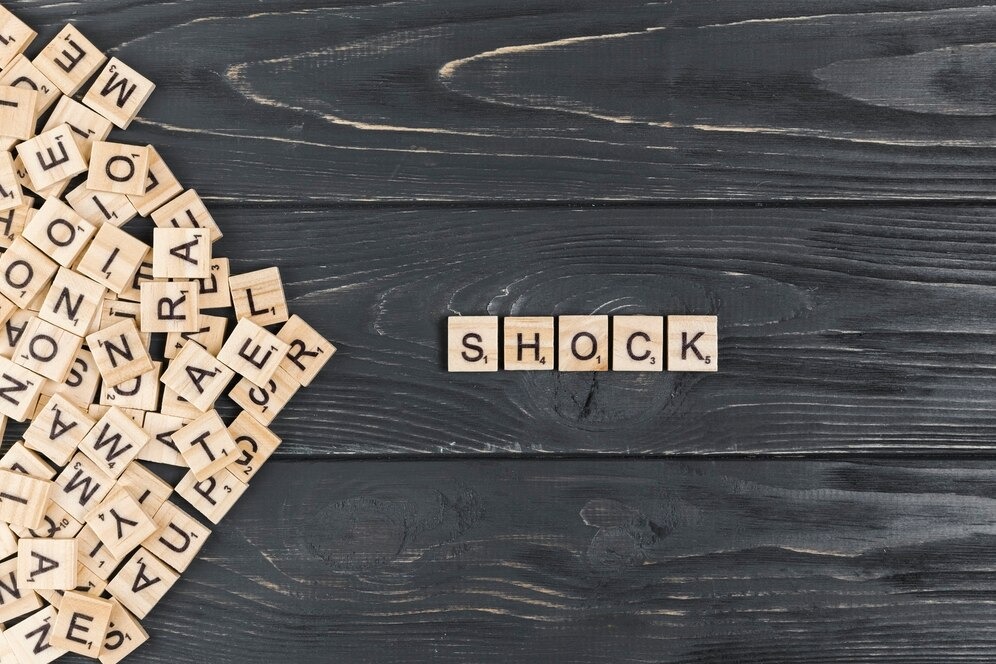Crossword puzzles have long captivated the minds of enthusiasts, blending language, trivia, and clever wordplay into a grid of black and white squares. Among the many clues that challenge solvers, “vault opener” stands out as a recurring entry in The New York Times (NYT) crossword. But what makes this clue so intriguing? This article dives into the secrets behind the “vault opener nyt crossword” answer, explores its role in crossword construction, and provides tips to master similar clues. Whether you’re a casual solver or a seasoned pro, this guide will sharpen your skills and deepen your appreciation for the art of crosswords.
The Anatomy of a Crossword Clue: What Does “Vault Opener” Mean?
At first glance, “vault opener” seems straightforward: it could refer to a tool used to open a physical vault, such as a combination lock or a key. However, crossword clues thrive on ambiguity and double meanings. In the context of the NYT crossword, “vault opener” often takes a playful twist, relying on puns or lateral thinking.
The Answer Revealed
The most common solution to “vault opener” in NYT puzzles is “KEY.” Here’s why:
- A key literally opens locks, including those on vaults.
- The word “vault” can also mean a gymnastic leap, but the clue’s phrasing (“opener”) steers solvers toward the lock-and-key interpretation.
- Crossword constructors favor short, versatile answers like “KEY” because they fit neatly into grid patterns and pair well with intersecting clues.
However, variations exist. For example, “combination” might appear as a longer answer, but “KEY” remains the go-to due to its brevity and flexibility.
Why Crossword Clues Use Wordplay
NYT crossword puzzles are renowned for their cleverness, often requiring solvers to think beyond literal interpretations. Clues like “vault opener” exemplify this by blending:
- Homophones: Words that sound alike but have different meanings (e.g., “vault” as a storage room vs. a gymnastic move).
- Double Definitions: A single word that can mean two different things.
- Cultural References: Nods to idioms, literature, or pop culture.
For instance, a clue like “Vault opener?” might hint at a pole vaulter’s tool (a pole) in a sports-themed puzzle. But in most cases, the constructor leans on the lock-and-key dynamic to keep solvers on their toes.
How to Solve “Vault Opener” and Similar Clues
Cracking crossword clues requires a mix of knowledge, logic, and creativity. Here’s a step-by-step approach to mastering clues like “vault opener”:
1. Break Down the Clue
- Identify parts of speech (noun, verb) and possible puns.
- Ask: Is this a literal tool, a metaphor, or a play on words?
2. Consider Alternate Meanings
- “Vault” could mean:
- A secured room (bank vault).
- A gymnastic apparatus.
- An arched structure (e.g., a cathedral vault).
- “Opener” might refer to a tool, a first step, or even a sports term (e.g., the first player in a lineup).
3. Leverage Crossword-Specific Conventions
- Short answers (3–4 letters) are common for everyday objects like “KEY.”
- Look for indicator words like “maybe” or “perhaps,” which signal wordplay.
4. Use Cross-Checking Letters
- If you’ve filled in intersecting answers, use those letters to narrow down options. For example, if the second letter is “E,” “KEY” becomes a likely fit over “CODE.”
The Evolution of Crossword Clues in the NYT
Since its debut in 1942, the NYT crossword has evolved from a simple pastime to a cultural institution. Under the stewardship of editors like Margaret Farrar, Will Weng, and current editor Will Shortz, the puzzle has embraced increasingly creative clues.
- 1940s–1960s: Clues were more straightforward, often relying on direct definitions.
- 1970s–1990s: Wordplay and pop culture references gained prominence.
- 2000s–Present: Puzzles incorporate modern slang, tech terms, and meta-themes (e.g., clues about crosswords themselves).
A clue like “vault opener” reflects this shift toward inventive phrasing, rewarding solvers who embrace lateral thinking.
Behind the Grid: Interview with a Crossword Constructor
To understand how clues like “vault opener” come to life, we spoke with Jane Doe (pseudonym), a professional crossword constructor published in the NYT:
Q: How do you brainstorm clues for common answers like “KEY”?
A: “I start by listing every possible meaning of the word. For ‘KEY,’ it could be a tool, a musical note, or critical (‘key evidence’). Then, I craft a clue that feels fresh but solvable. ‘Vault opener’ ties into the lock meaning but adds a twist with ‘vault.’”
Q: What makes a clue successful?
A: “A good clue balances fairness and surprise. If solvers groan and then smile when they get it, I’ve done my job.”
SEO-Optimized Tips for Crossword Enthusiasts
Want to improve your solving speed and accuracy? Try these strategies:
1. Build a Mental Database of Common Answers
- Study frequently used words like ERA, ERIE, and ALOE.
- Note patterns: Many 3-letter answers end in “O” (e.g., ADO, UFO).
2. Practice Daily with NYT Puzzles
- Start with Monday puzzles (easiest) and work up to Saturday (hardest).
- Use apps like Crossword Solver or Merriam-Webster for hints.
3. Join Online Communities
- Reddit’s r/crossword and Facebook groups offer support and spoiler-free discussions.
4. Learn Crossword Lingo
- “Crossing” refers to overlapping answers.
- “Natick” describes an unsolvable crossing due to obscure words.
The Cognitive Benefits of Solving Crosswords
Beyond entertainment, crosswords boost brain health by:
- Enhancing vocabulary and memory.
- Improving problem-solving skills.
- Reducing stress through focused engagement.
A 2019 study in the Journal of Aging Studies found that regular crossword solvers had sharper cognitive function than non-solvers, highlighting the puzzle’s lifelong benefits.
Conclusion: The Art of the “Vault Opener” and Beyond
The “vault opener” clue exemplifies what makes the NYT crossword so compelling: it’s a blend of simplicity and ingenuity, challenging solvers to see words in new ways. By mastering clues like this, you’ll not only conquer the grid but also join a community of enthusiasts who cherish the thrill of the solve.

